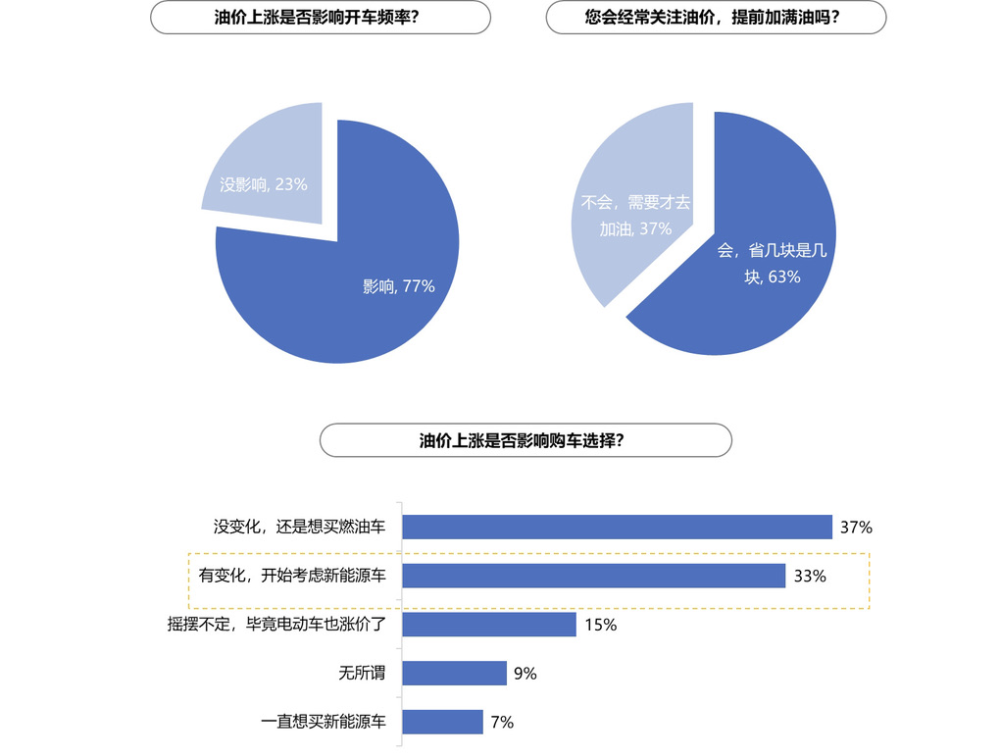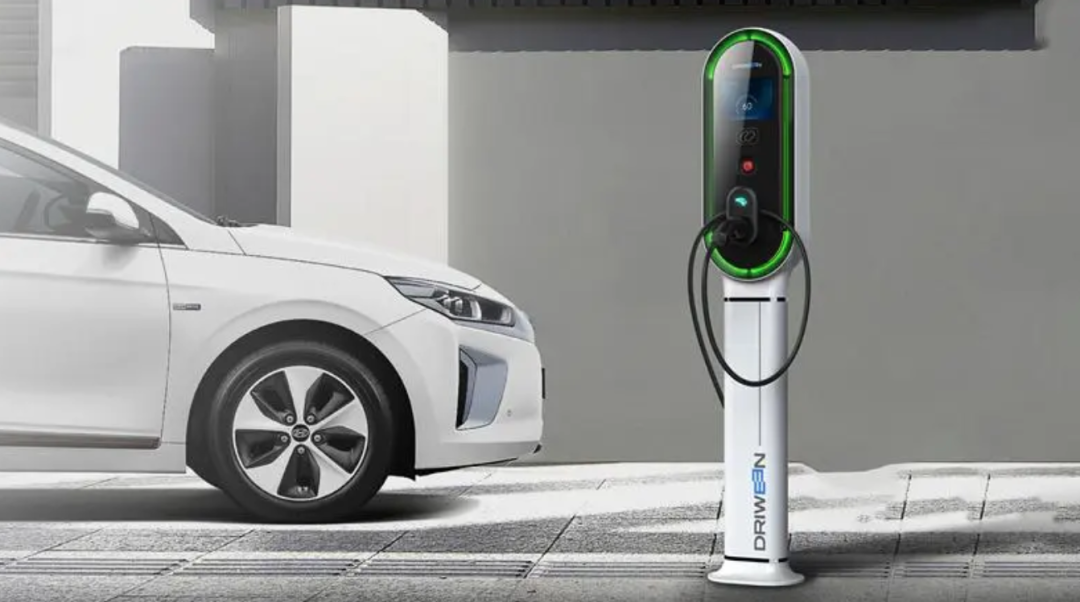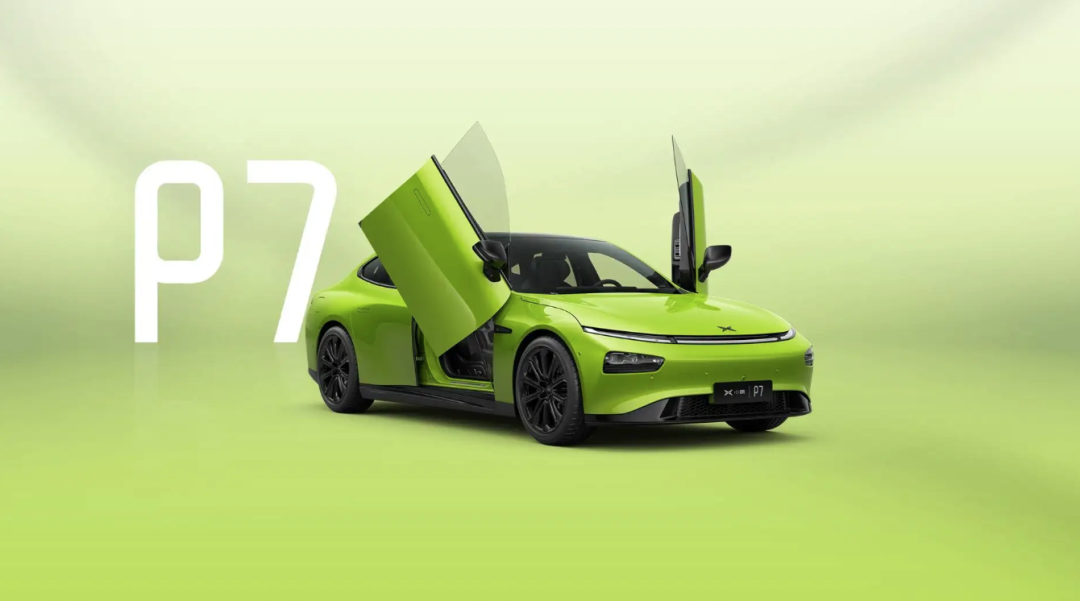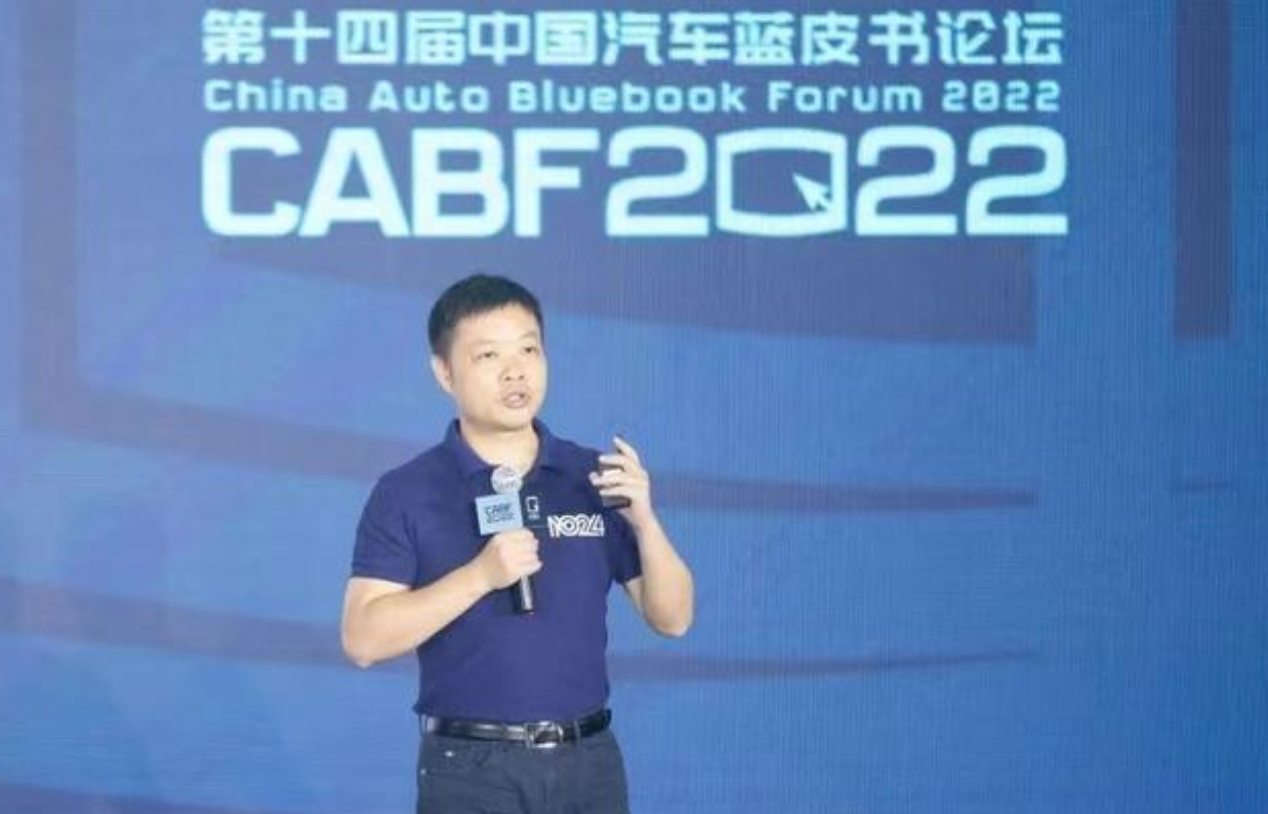
The energy and environment ministers of the EU's 27 member states finally agreed at the end of June: From 2035, EU countries will only allow the registration of new cars with zero CO2 emissions.
Not only have many car companies and countries announced the timetable for stopping the sale of fuel vehicles, but in the domestic market, many bigwigs are also eager to make fuel vehicles withdraw from the stage of history faster and add more fire.

On July 7, at the 14th China Automobile Blue Book Forum, Yu Chengdong called for "recommended to eliminate pure fuel vehicles as soon as possible" in his speech.
|Infighting between pure electric and hybrid
Most of China's fuel vehicle owners will experience hybrid models in the process of converting to pure electric vehicles, but the share of hybrid new energy will gradually weaken.
According to the 2022 China New Car Purchase Intention Study released by JDPower, the intentional purchase share of new energy vehicles will be as high as 27% in 2022, and the increase in the intentional purchase share of new energy sedans will be even more significant. It is worth noting that in the new energy vehicle market segment, the intentional purchase rate of medium-sized pure electric products increased the most, and the intentional purchase rate of small pure electric products decreased the most . The consumption upgrade trend of the new energy vehicle market is obvious.

We often talk about hybrid models, which are mainly divided into three types: mild hybrids, gasoline-electric hybrids, and plug-in hybrids. In addition to plug-in hybrid models that can be plugged into a charging gun for charging, mild hybrids and gasoline-electric hybrids are basically driven by internal combustion engines and do not support charging piles. Most of Toyota's hybrids are gasoline-electric hybrids, while BYD's DM hybrids are plug-in hybrids.
From the perspective of BYD's planning, the goal of hybrid models is to replace traditional fuel vehicles. To this end, BYD also announced at the beginning of the year that it would stop the production of fuel vehicles, in order to free up more production capacity for hybrid models.
However, hybrid models also have their own technical shortcomings. For user experience, some models with lower battery capacity do not support fast charging. Basically, plug-in hybrid models with a pure electric cruising range of less than 100km only support 7kW AC charging, which can be fully charged for at least 5 hours. Like BYD DM models and PHEV models of Great Wall's Wei brand, there are versions that can only be charged slowly.
From the perspective of consumers' car habits, planning support for future travel behavior is the key. If it is a fuel car, the time for travel and refueling can be completely ignored.
As a pure electric vehicle, planning a reasonable recharge time becomes an inevitable plan before travel, such as whether there are charging piles at the destination or whether the charging piles are occupied, and whether the uncertainty of charging will affect the connection. The upcoming itinerary, precisely because of the uncertainty of each link, also brings a lot of anxiety to pure electric travel.
In this way, some users of hybrid vehicles still drive hybrid vehicles as fuel vehicles.
From a policy perspective, hybridization alone is definitely not enough to achieve carbon neutrality as soon as possible. From the subsidy policy that has been declining year by year, it can be seen that hybrid models are about to be "weaned". Shanghai has made it clear that starting from January 1 , 2023 , it will no longer issue special license quotas for consumers who purchase or transfer plug-in hybrid vehicles.

|Make power-up more convenient than refueling
On July 4, Tesla officially stated that as of now, Tesla has built and opened more than 1,200 super charging stations in mainland China, with more than 8,700 super charging piles and more than 700 destination charging stations, covering more than 370 cities. and region. Compared with the data in January this year, in the first half of this year alone, Tesla China built more than 700 super charging piles.
If self-built charging piles are not the direct reason for Tesla’s sales growth, then Weilai’s building of battery swap/supercharger stations must be the most important way to promote its sales growth. According to the latest data released by NIOPower, NIO currently has a total of 1,011 battery swap stations across the country, including 256 expressway battery swap stations. According to Weilai's plan, a high-speed power exchange network of "nine vertical, nine horizontal and nineteen major urban agglomerations" should be formed.
Self-built charging network is not only a consideration for charging. In the future, a fast-charging battery with a 4C charging rate, an 800V high-voltage fast-charging platform, and a high-voltage fast-charging pile will form an extremely efficient energy supplement system.
On NIOPowerDay, NIO made it clear that from the end of this year to the beginning of next year, it will launch successively: 500KW supercharger, third-generation power exchange, and 800V high-voltage battery pack system.
In addition, the power battery should also be inclined to the requirements of fast charging technology. For example, the newly released CTP3.0 Kirin battery of CATL, currently there are ideal cars and Lotus who have clearly stated the purchase. In addition to the 1,000-kilometer battery life of the vehicle, its most important capability is: it supports 5-minute fast hot start and 10-minute fast charging, which meets the requirements of 4C fast charging, that is, 80% of the battery can be charged in 10 minutes.
All in all, the hybrid model seems to be a good solution, but it only temporarily escapes the problem, and does not fundamentally solve the ultimate problem of difficult charging. In the short term, there may still be a large number of users switching from fuel vehicles to hybrid vehicles, but if they are overly addicted to the sales pleasure of hybrid vehicles, domestic car companies are likely to miss the next wave of pure electric vehicles.

|The future direction is pure electricity plus intelligence
At the forum, He Xiaopeng, chairman of Xiaopeng Motors, also gave a speech, saying, "Between long-termism and short-term benefits, should we do hybrids?" After making a final choice, he gave up hybrids or decided to go pure electric.
Sincerely, as Xiaopeng said, hybrid vehicles may be just needed for a while, but in the future of technological development, gradually everyone's requirements for cars are getting higher and higher, so the need for electric vehicles is a long-term solution, we can't Only look at the moment, but look at it from a long-term perspective.

Now more pure electric models are beginning to bundle intelligence, thereby opening the gap and establishing their own technological "moat wall", and at a certain level, electrification is the best carrier of intelligence.
Whether pure electricity is the future development direction seems to have reached a consensus among many enterprises, and in front of many mature suppliers, pure circuit lines are not difficult, so to develop their own core technologies, they must rely on the bundling of directions such as intelligence. Only in this way can we stand firm in the future wave of electrification.





